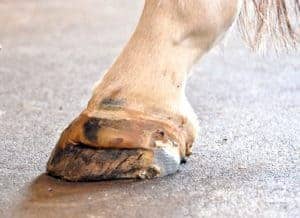
The Frustrations of White Line Disease
Learn how to detect and manage this insidious hoof infection.

Learn how to detect and manage this insidious hoof infection.
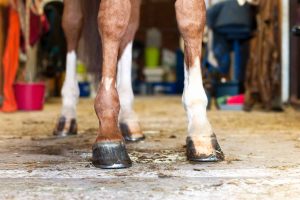
Even horses with less-than-ideal feet can lead sound and productive careers.

A veterinarian with equine podiatry expertise explains frog exfoliation and what you should do if it happens to your horse.

Going barefoot can benefit hoof health, but consider management and physical needs before pulling shoes.
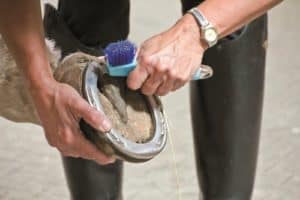
How soon can I ride my horse after he gets trimmed or shod? How do I know if he has thin soles? Vets and farriers answer these common hoof health questions and more.

Getting to the root of podotrochlosis, one of the most common causes of lameness, is an ongoing process. Learn about risk factors for the disease and how veterinarians diagnose it.

Consider the horse’s lameness history and gradually increase varied exercises to manage these mounts, one veterinarian says.

Navicular syndrome, more accurately referred to as podotrochlosis, is a catchall phrase describing chronic forelimb lameness caused by pain stemming from the navicular bone and related structures. Sponsored by Dechra.
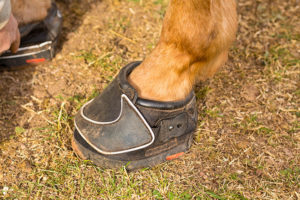
Learn about the best trimming and shoeing practices to ensure your horse stays sound while traveling the trails.

In this visual guide, learn about the vital hoof structures of the navicular apparatus and what can go wrong with them.

Getting to the root of podotrochlosis, one of the most common causes of lameness, is an ongoing process. Learn about risk factors for the disease and how veterinarians diagnose it.

From growing a thick winter coat to producing heat as they digest forage, here’s how horses are inherently designed to cope with cold weather.
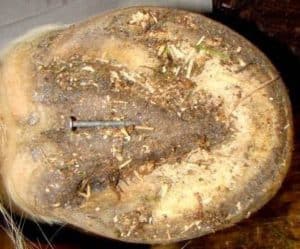
How would you react if your horse stepped on a nail? One practitioner outlines the steps you should take.
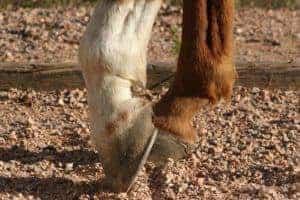
Does your horse have thin soles? Here’s how to manage his feet to help keep him sound.

The horse’s frog is a highly adaptable structure that’s crucial to hoof health. Here’s what you need to know.

Find out what hoof problems you can safely manage yourself and when to call in your farrier and/or veterinarian.
Stay on top of the most recent Horse Health news with
© 2022 Copyright Statement dolor sit amet, consetetur sadipscing User Terms, sed diam nonumy eirmod tempor invidunt ut labore et dolore magna aliquyam erat, sed diam voluptua. At vero eos et accusam et justo duo dolores et ea rebum. Stet clita kasd gubergren, no sea takimata sanctus est Lorem ipsum dolor sit amet.
"*" indicates required fields